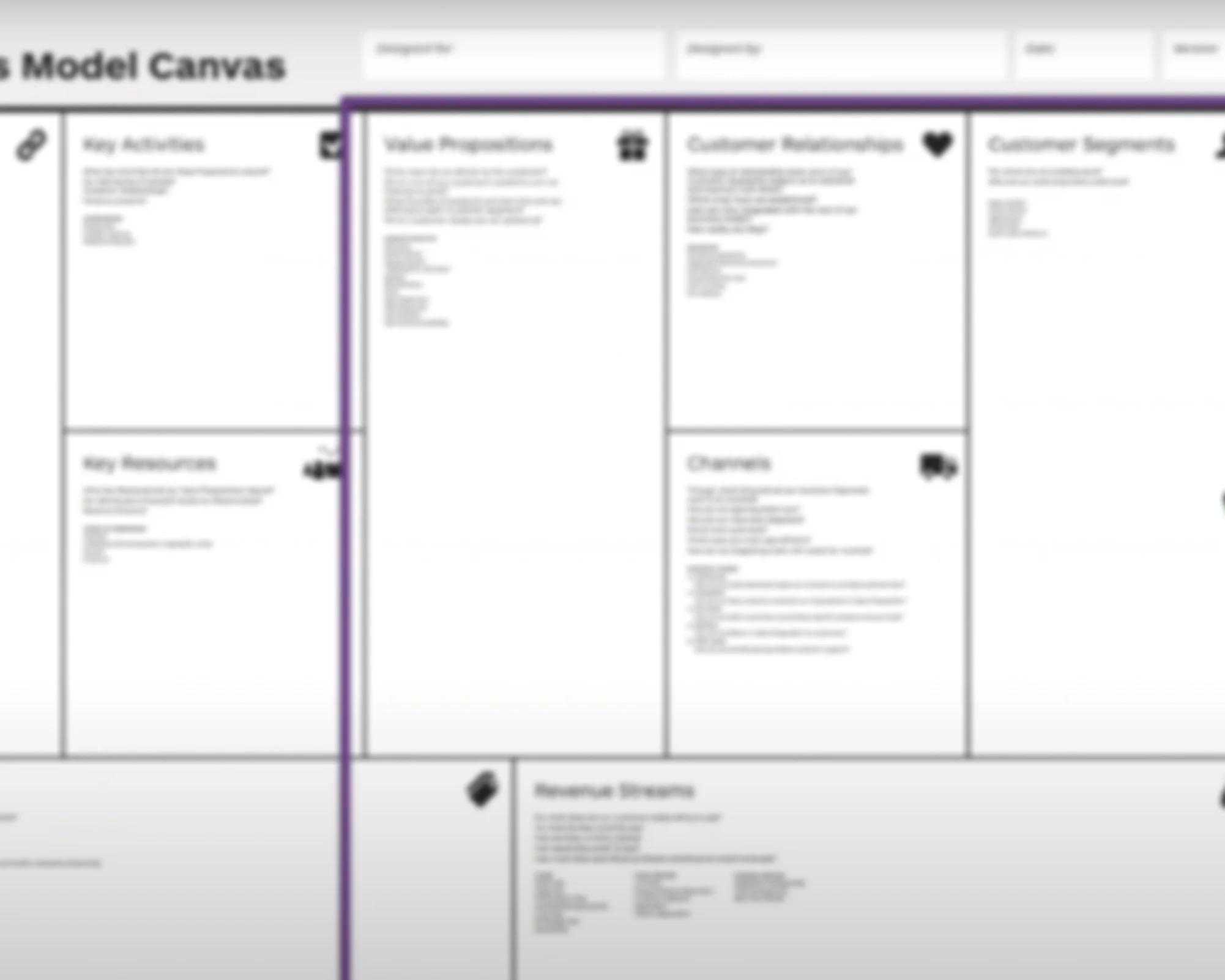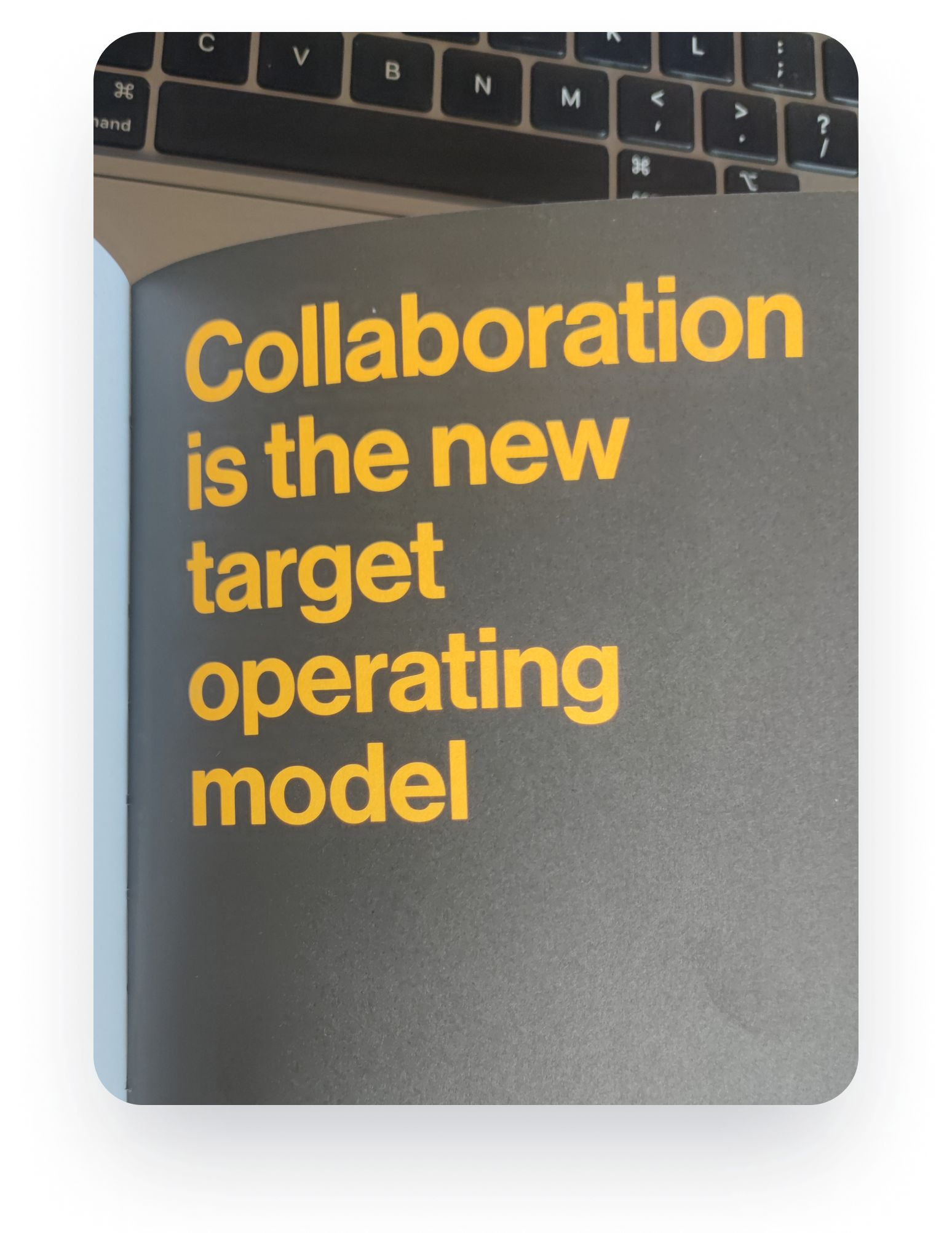Showing our customers where their goods are, realtime.
Trade is a complex process involving multiple stakeholders across different timezones. The process relies on privacy, accountability and document production from these stakeholders.
TradeWindow provides an aggregator service through Cube, for seamless integration between different stakeholders from Shipping to Retail making this truly a Farm to Plate solution.
I joined the business as the Lead CX/UX Designer. My role was centered around optimising the experience of the of individual products and connecting the product silos for a seamless CX leaving fewer mandates to the users’ workflow.
Problem + Context
Depending on the importer, exporters currently use multiple platforms and/or make several phone calls to get updates on the ETA of the containers depending on their location.
Research, strategise and design an end-to-end experience to help exporters be informed of the whereabouts of their shipments, with a focus on increasing ARR by 20% on the previous MVP.

Techniques + Processes + Artefacts
Contextual Inquiry + User Interviews
Stakeholder Interviews
Journey Mapping
How Might We
Content Inventory Mapping
Persona Driven Flows
Interaction Diagrams
Functional User Stories
Prototyping + Usability Testing
For this purpose we chose to interview a six exporters and importers who would benefit greatly from this feature. This included some of the largest export houses in NZ including Zespri, Ballance and Sanford Fisheries and some importers in EU, US and Taiwan.
We did not want to be just driven by data without any understanding of customer wants, needs and expectations.
What truly frustrates them?
What do they say they really want?
What do they really need?
The user interviews helped me understand:
Events have a relevance in the workflow
Not all participants should see all events
Not all participants should see all events
I use my favourite tool the Rainbow Spreadsheet to collect and share the outcomes of these interviews. The spreadsheet is a great tool to segregate and categorise user insights into simple, visually consumable structure that can help to prioritise design decisions.
Overwhelmed with insights, we prioritise to align with the business strategy through the roadmap
Understand Painpioints, Wants, needs
Summarise user interview insights in to How Might We Statements
I then played the syntheses back to the stakeholders to keep the understanding and project scope alignment intact.
Understanding scope of the feature
Working with sales, customer success and data teams, we map the business model canvas to align with the business goals and gain understanding of the reach/value this feature would bring to the customers.
UX goals work best when we allow for have big audacious improvements.
I categorised and split the HMW s to come up with these three areas of work:
Display events with context + Allow global search + Communicate events
Can we do it?
Stakeholder Interviews with Tech leads and CTO.
Having an early understanding of technical constraints helps. I work with the measure twice, cut once mindset. I therefore lay emphasis on talking to multiple members of the engineering team. The process broadened my understanding of:
Understanding the data available from ports and integration platforms
Understanding limits of the API
Existing databases and possible changes

Journey Map
We align our new offering with the existing journey.
Sales, Logistics, Documents and Finance are the commonly seen teams in an export business. User interviews had revealed that Container Events were relevant to all the teams but in varying capacities. We built a context around the relevance of events for each of these teams and the capacities to which they would consume this information.
Design system inventory check
Affordances of components
Define use cases
Map empty, filled and error states
Creating variants
Test!
Once we answered the burning questions, we commenced design right away.
Dual Track Agile,
Iterative Design and
Usability Testing
I take full advantage of the team’s agile practices by having an iterative design approach in the team’s agile process. Running Design Ops four to six sprints ahead of development sprint cycles, in a Dual Track process, brings surety to the design itself.
In this project we ran four iterations that included a mix of research + other participants. Having a variation in the pool of test participants helps remove biases and the possible influence having a single type of customer will bring to the final designs.
We also included variations in the test methodology by including specific scenarios, 10 second tests and a mix of moderated and unmoderated tests.



We successfully delivered a large piece that served both, user needs and business goals—all while giving me an opportunity for some great learning.
Onboard 3 large exporters
Meaningful, releasable development
Scalable model for future integrations










